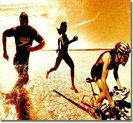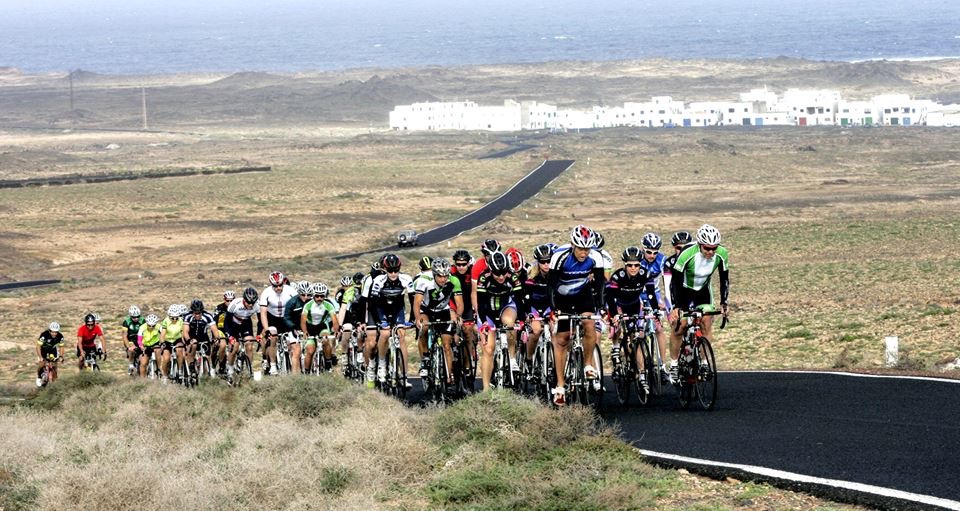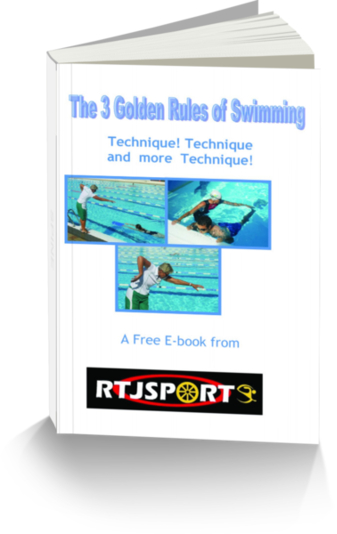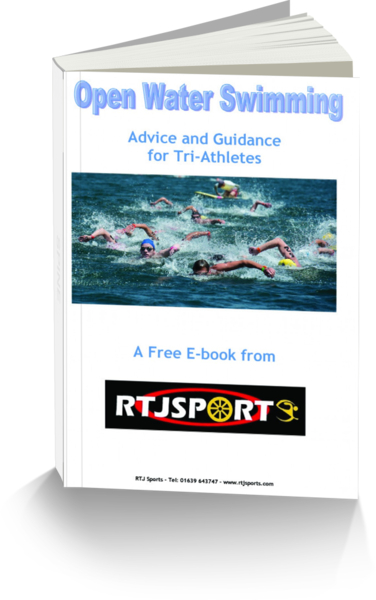Triathlon
Triathlon is a relatively young sport in as much as the sport was successfully brought to the world stage at the summer Olympics of 2000. Olympic status reflects the acceptance of one sport by others, so triathlon was officially accepted and what better host country than Australia, the home of one of the sport’s established global leaders.
Triathlons actually started with a few friends each from a sporting background setting a challenge to see which sport was the better. Each one raced against each other in swim/bike/run. To make it more of a challenge they decided to combine each of the 3 sports –swim-bike-run. Each time the distance became longer and longer, until today, the ultimate endurance race is called ‘Ironman’ which includes: 3800m swim, 180km bike, 42.2km run, all to be completed in 17hrs.
The sport has grown in popularity since the early days when just a handful of athletes took up the challenge. The original 4 legends of yester years are still highly recognized on the World Circuit – Dave Scott, Mark Allen, Scott Tinley and Scot Molina.
In triathlon, the women athletes are equal to men. They train as hard, they compete as hard, and they suffer just as much! The times may be different, but athletes such as Paula Newby-Fraser and Chrissy Wellinton, have rewritten the record books and have redefined female achievements. Times, distance and records that were once seen as beyond the capabilities of many male competitors are now well within the reach of female athletes.
The success of the sport enjoyed at the summer games of 2000 has grown and many heroes and heroines were made. The next race, next season, next decade will bring athletes through and they will make their mark; this is the nature of the triathlon and what makes it so inspiringly fascinating.
With three different disciplines combined with the seamless transition from each makes the potential for achievement enormous. Technology has massively moved forward and will continue to do so; this can aid, control or be controlled. Triathletes can race in different countries, over different distances, and on different courses. The challenge could be a 40minute sprint or a 17hr complete Ironman challenge. Competitors have to deal with a wide range of conditions, heat, rain, hot, cold, wind whatever the conditions the challenge to complete is foremost and ultimately rewarding.
Spectators, are never bored, you should try it sometime!
I believe all athletes need a hero or a heroine to emulate – Alistair and Johnney Brownley , Helen Jenkins, Non Stanford, Chrissy Wellington, Bella Bayliss and Stephen Bayliss, Leanda Cave, Jodie Swallow to name but a few. These British athletes have risen to reach the top of the sport.
Will this website make you a world champion? It might! But to reach the top in your sport depends mostly on your genetics.
My aim is to help you make the very best of yourself, to achieve that personal best, to finish a race, to complete an Ironman, to qualify for your national age group team or even the elite team. Why not give it a go!
Training techniques have come a long way, but what is suitable for one athlete is not for another, everyone is different and individual. However there are several basic training principles that can help to maximize your potential.
By following the various steps we have included this website, will hopefully give you a better understanding of training whatever you’re standard.
There are no secrets in training or coaching; everyone follows, watches, copies then adapts these various methods and ideas to what suits their lifestyle. One plan does not suit all! Adapt to suit you!
There are various topics for you to follow, simply click on the different sections.
Whether it is: Swim: Bike: Run: Transition: Specific clothing: Training plans: Strength and conditioning, Injury prevention: Recovery: Nutrition: Hydration: Taper: Mental attitude.
Attention to each could make the difference between a good race and a great race.









